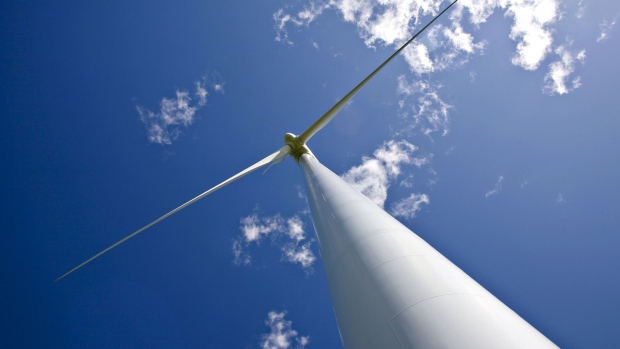Apr 23, 2024
California Sanctuary Deal Smooths Path for Offshore Wind Farm
, Bloomberg News

(Bloomberg) -- California’s Northern Chumash Tribal Council and wind-energy companies leasing sites near Morro Bay have reached a landmark agreement that may ease a path for developing offshore wind farms.
The deal, subject to federal approval, outlines a phased approach for the creation of the Chumash Heritage National Marine Sanctuary off the central coast of California.
It represents a significant breakthrough in the push for floating turbines, balancing the preservation of a cultural and ecological zone with the state’s clean energy ambitions, according to a joint statement by developers Equinor, Golden State Wind and Invenergy California Offshore, along with the tribal council.
Read More: California Climate Goals Hit Roadblock in Marine Sanctuary Fight
The tribal council and developers laid out a two-stage plan for the marine sanctuary’s proposed boundaries. Initially, the sanctuary will exclude the area designated for undersea cables, which are crucial for linking wind-energy turbines to the mainland power grid. Once the cables are installed on the ocean floor, the boundaries would be extended to also cover that area.
The National Oceanic and Atmospheric Administration, which oversees marine sanctuaries, is expected to designate a sanctuary in the area by the end of summer.
“This clearly demonstrates that tribal communities and industry can come together with dual goals to support climate action and conservation, benefiting California’s just energy transition,” said Martin Goff, head of operations of Equinor’s Atlas Wind, a floating offshore wind project.
The agreement ends months of friction between developers and Chumash tribal members over the fate of the scenic bay. Offshore wind development is crucial to California’s goal of eliminating carbon emissions by 2045.
(Updates with details of agreement in fourth paragraph)
©2024 Bloomberg L.P.


